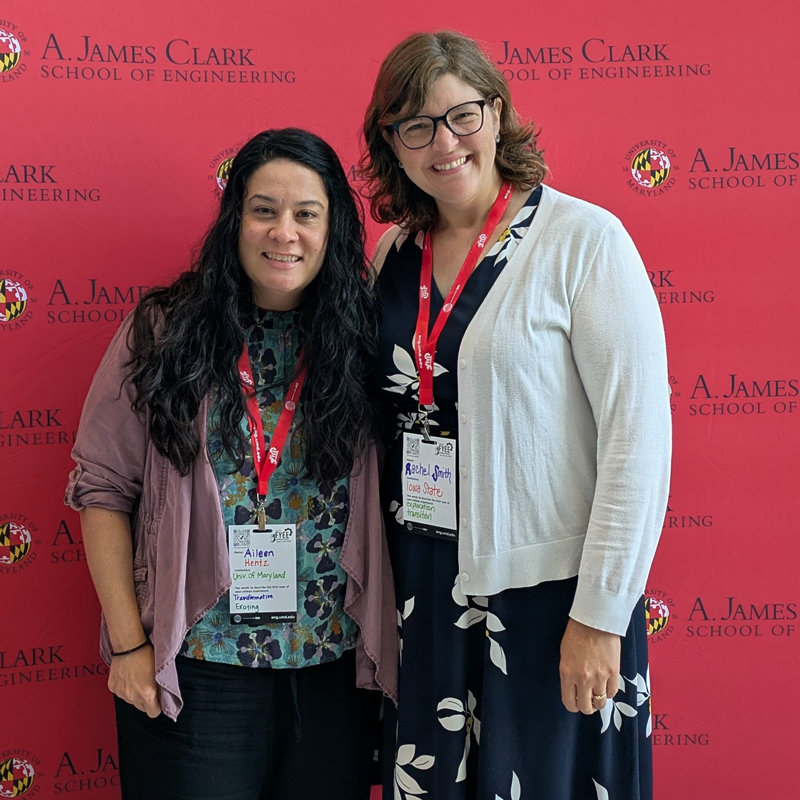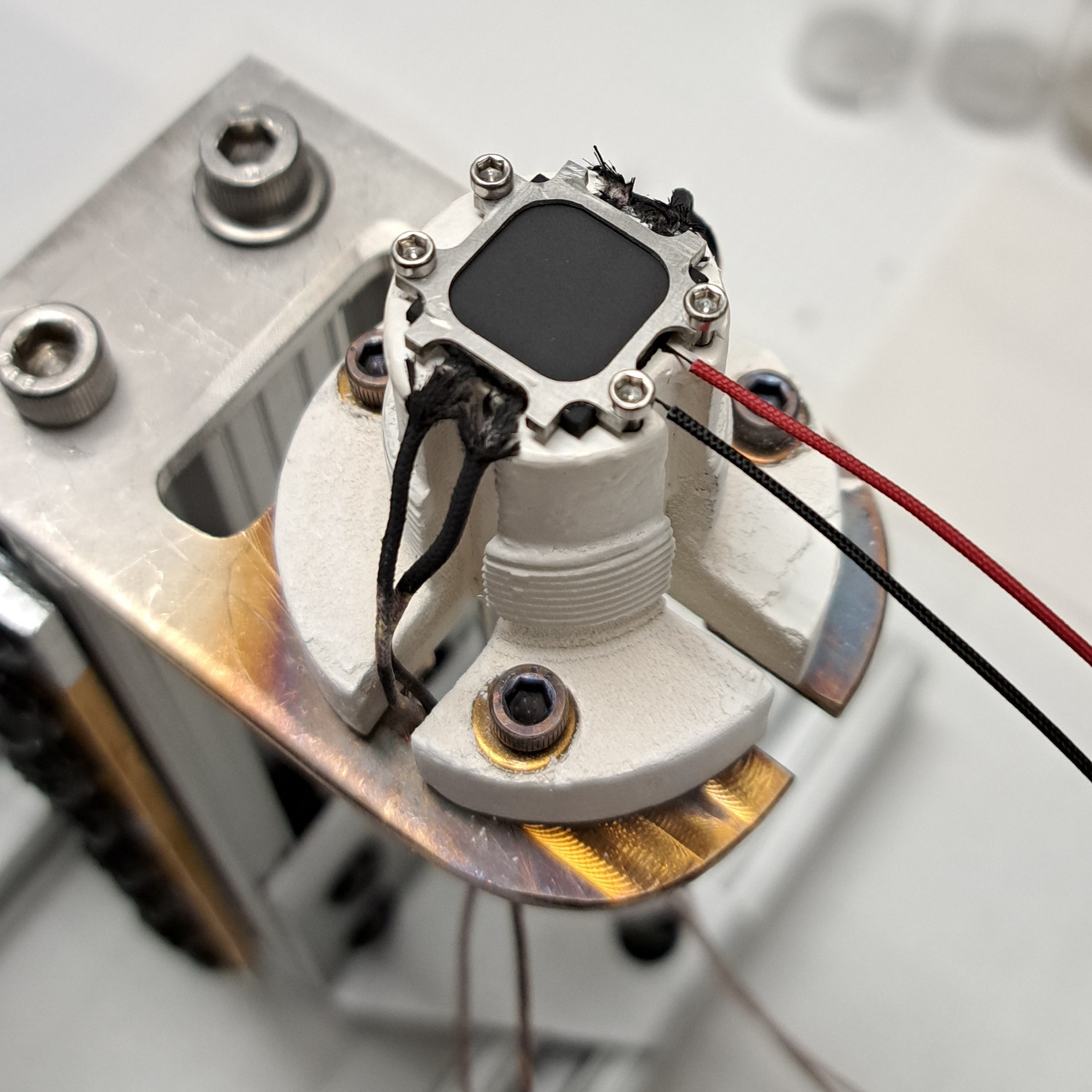News Story
Wereley and Hubbard AIAA Fellows

L-R: Dr. James hubbard and Dr. Norman Wereley
The Department of Aerospace Engineering is proud to announce that two of our own were promoted to the rank of Fellow of the American Institute of Aeronautics and Astronautics. AIAA Fellows are persons of distinction who have made notable and valuable contributions to the arts, sciences, or technology of aeronautics or astronautics. Profs. James E. Hubbard Jr. and Prof. Norman M. Wereley will be honored at the AIAA Fellows Dinner on May 8, 2012 at the Westin Alexandria in Alexandria, Virginia, where they will both receive a certificate and pin. They will also be recognized at the black-tie Aerospace Spotlight Awards Gala on May 9, 2012 at the Ronald Reagan Building and International Trade Center in Washington D.C.
Prof. Hubbard holds a B.Eng.’77, M.S.’78 and Ph.D.’81 in Mechanical Engineering from the Massachusetts Institute of Technology. In 1981, Dr. Hubbard joined the faculty at MIT as Assistant Professor of Mechanical Engineering. In 1985, he was Section Chief for Adaptive Sensors at the Charles Stark Draper Laboratory where he pioneered Smart Structures applications as diverse as adaptive optics, phased array sonar, and large space structure vibration control. He was Chief Engineer of the Boston University Photonics Center, which was a $100M center co-founded by BU and the US government. At BU, he co-founded two companies and his product line was awarded the SPIE Smart Structures Product Implementation Award (1999). Dr. Hubbard is currently the Langley Distinguished Professor of Aerospace Engineering at the University of Maryland. His research areas involve the design, analysis, simulation, and fabrication of spatially distributed systems, smart materials, smart structures and smart transducers. He has received numerous awards for teaching and mentoring excellence including the Goodwin Medal and Stewart Award, both from MIT. He has several technical awards including the Charles Stark Draper Engineering Vice Presidents’ Annual Award for Best Technical Patent and Black Engineer of the Year President’s Award (2002). He is member of SPIE, ASME, and ASEE, and an AIAA Fellow. During his distinguished career he has participated on panels, chaired sessions and given plenary and keynote lectures at many conferences including ASME, ACC, IFAC, SMASIS, AIAA, SPIE and ICA. He has co-authored more than 100 technical publications, and holds 18 patents, both U.S. and worldwide, in the areas of Smart Structures and Photonics. Dr. Hubbard has served on numerous AHS, AIAA and National Academy of Engineering technical boards and committees in a career spanning over 30 years of professional service.
Prof. Wereley holds a B.Eng.’83 in Mechanical Engineering from McGill University in Montreal, Canada, and M.S.’87 and Ph.D.’90 in Aeronautics and Astronautics from the Massachusetts Institute of Technology. He joined the Alfred Gessow Rotorcraft Center in 1993. He is currently the Techno-Sciences Professor and Associate Chair of Aerospace Engineering. Dr. Wereley’s research program focuses on magnetorheological (MR) fluids and semi-active MR dampers, and their application to occupant protection, vibration isolation, and stability augmentation systems using advanced feedback control strategies. Dr. Wereley has published over 140 journal articles, 10 book chapter contributions, and over 230 conference articles. Dr. Wereley is a co-inventor on ten patents and over a dozen patents pending. He is Editor (2007 – present) of the Journal of Intelligent Material Systems and Structures and serves as associate editor for AIAA Journal as well as the Institute of Physics’ Smart Materials and Structures. Dr. Wereley has a distinguished record of professional service and he has received the Clark School of Engineering Faculty Service Award (2010) and the AIAA Sustained Service Award (2011). Dr. Wereley is an American Society of Mechanical Engineers (ASME) Fellow (2008), Institute of Physics Fellow (2001), and an AIAA Fellow (2012). He is also a lifetime member of the American Helicopter Society. He is currently serving as Chair (2012-2013) of the SPIE Symposium on Smart Structures/NDE. Dr. Wereley was awarded the AIAA National Capital Section Engineer of the Year (2009), the AHS Harry T. Jenson Award (May 2011) for contributions to active crash protection systems for helicopters (team award with Boeing, US Army, Honeywell and University of Maryland). Dr. Wereley will be also awarded the ASME Adaptive Structures and Materials Systems Prize in April 2012.
Published January 24, 2012









